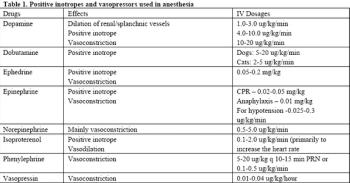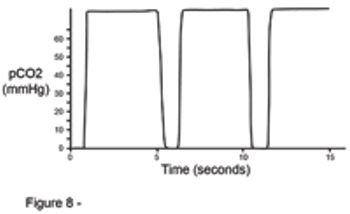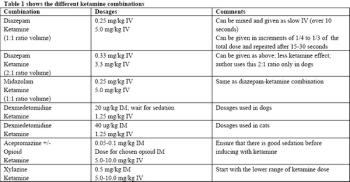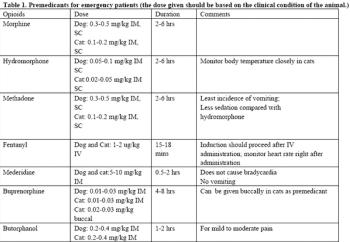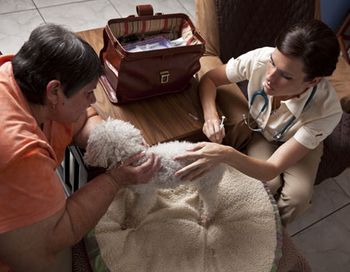
Veterinary pharmacology is increasing in complexity with advances in analgesia. A veterinarian's knowledge of drug interactions is critical to prevention of a potentially harmful event. Drug interactions are considered undesired increases OR decreases in drugs co-administered.

